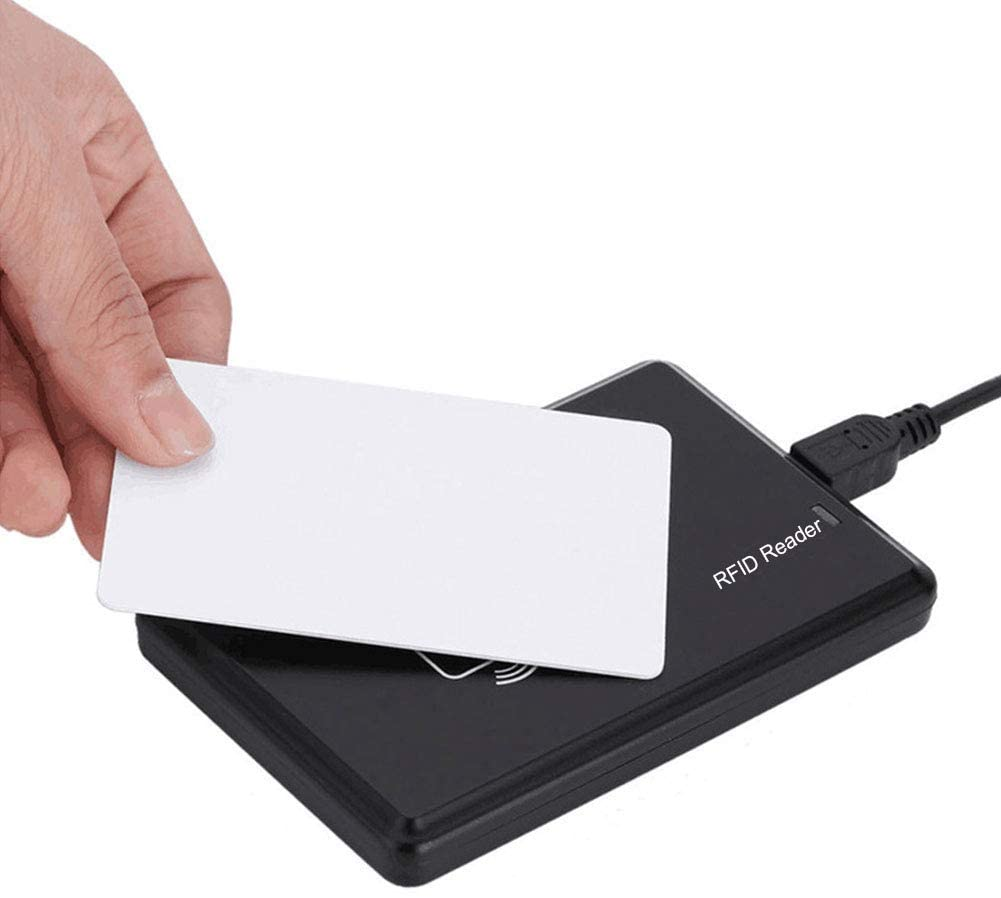Introduction: Near Field Communication (NFC) technology has become an integral part of our daily lives, enabling seamless transactions, secure access control, and efficient data transfer. However, as with any technology, curiosity arises regarding its limitations and possibilities. One common question that often surfaces is: Can NFC cards be rewritten? In this blog, we delve into the intricacies of NFC technology to explore the potential for rewriting NFC cards.
Understanding NFC Technology: NFC is a short-range wireless communication technology that facilitates data exchange between devices when placed close together. It operates at frequencies of 13.56 MHz and is commonly used for contactless payments, access control systems, and data sharing between smartphones and other devices.
Structure of NFC Cards: NFC cards typically consist of a microcontroller, an antenna, and memory. The memory stores data such as user credentials, payment information, or access permissions. The microcontroller manages the communication process and ensures the security of the data.
Can NFC Cards Be Rewritten? The answer to whether NFC cards can be rewritten is nuanced and depends on the type of NFC card in question. There are two main categories of NFC cards: read-only and read-write.
-
Read-Only NFC Cards: Read-only NFC cards, also known as "write-protected" cards, have their memory locked during the manufacturing process. This prevents users from modifying or rewriting the data stored on the card. Common examples of read-only NFC cards include contactless payment cards and certain access cards.
-
Read-Write NFC Cards: Read-write NFC cards, on the other hand, are designed to allow users to modify the stored data. These cards are often used in applications where information needs to be updated or changed regularly, such as public transportation cards or electronic key cards. However, the ability to rewrite data on these cards is often controlled by security features to prevent unauthorized modifications.
Security Measures: NFC technology incorporates security measures to protect the integrity of the data stored on cards. Authentication protocols, encryption, and access control mechanisms are implemented to prevent unauthorized access and modifications. The level of security varies depending on the application and the specific requirements of the NFC card.
Conclusion: In conclusion, the ability to rewrite NFC cards depends on the type of card and its intended use. Read-only NFC cards, commonly used in sensitive applications like contactless payments, are designed to be tamper-resistant. On the other hand, read-write NFC cards provide flexibility for applications that require frequent updates.
It's important to note that attempting to rewrite NFC cards without proper authorization is not only unethical but may also be illegal. Security measures are in place to protect user data and prevent fraudulent activities. As NFC technology continues to evolve, so too will the safeguards in place to ensure the integrity and security of NFC cards.









